
太极拳
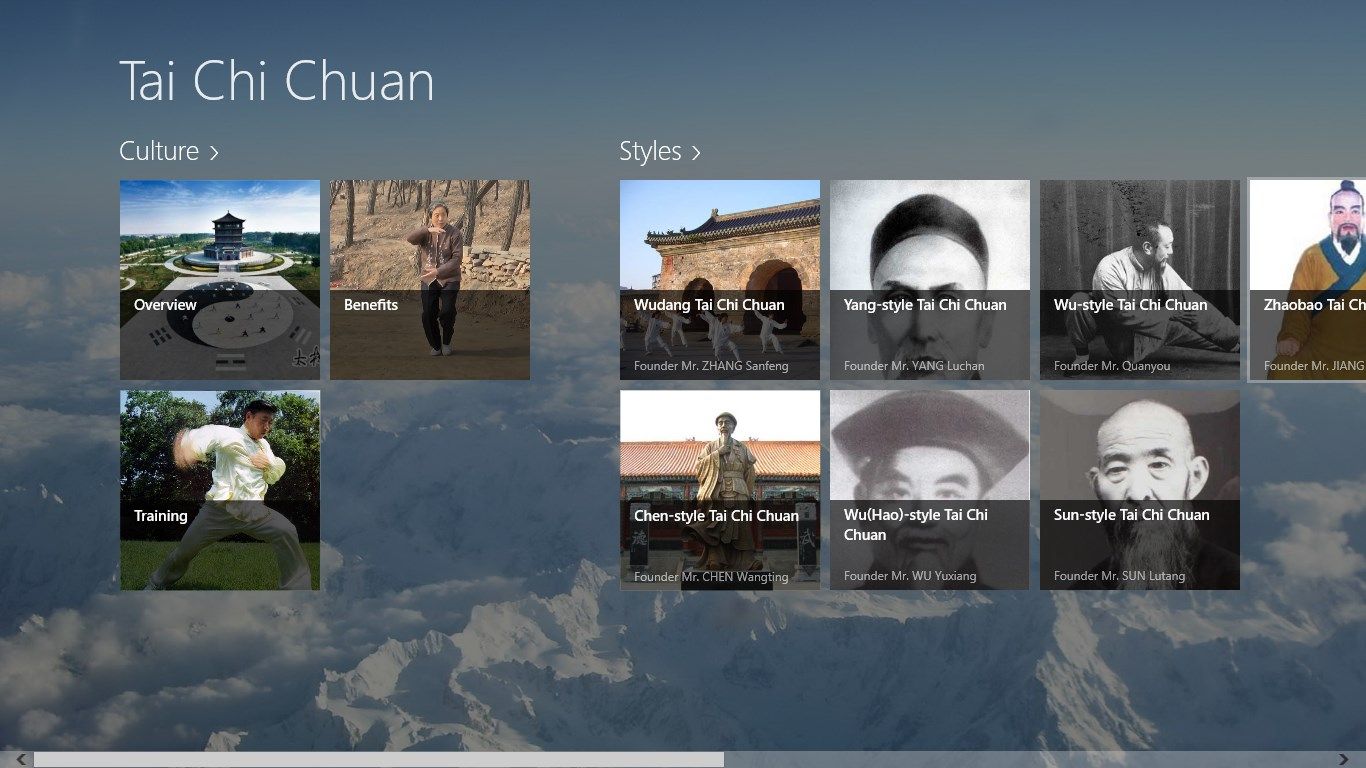
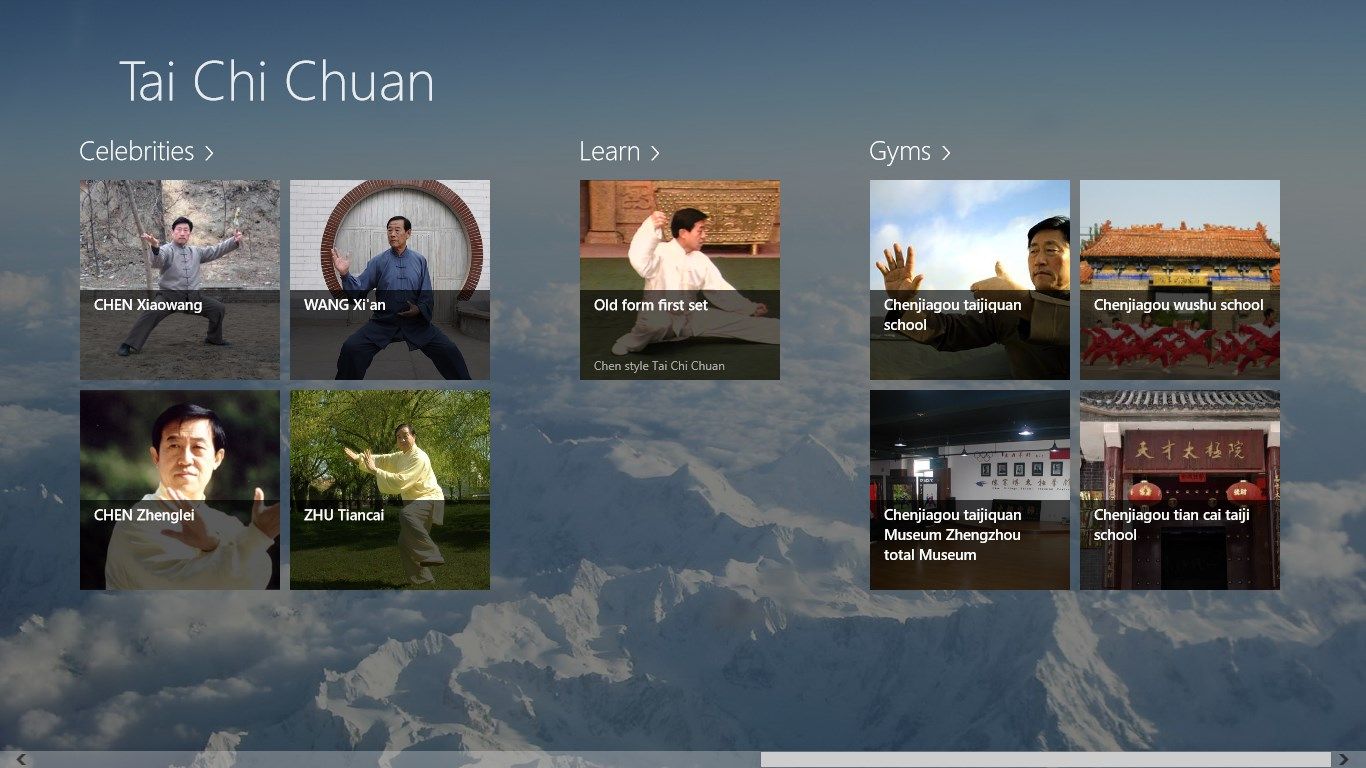
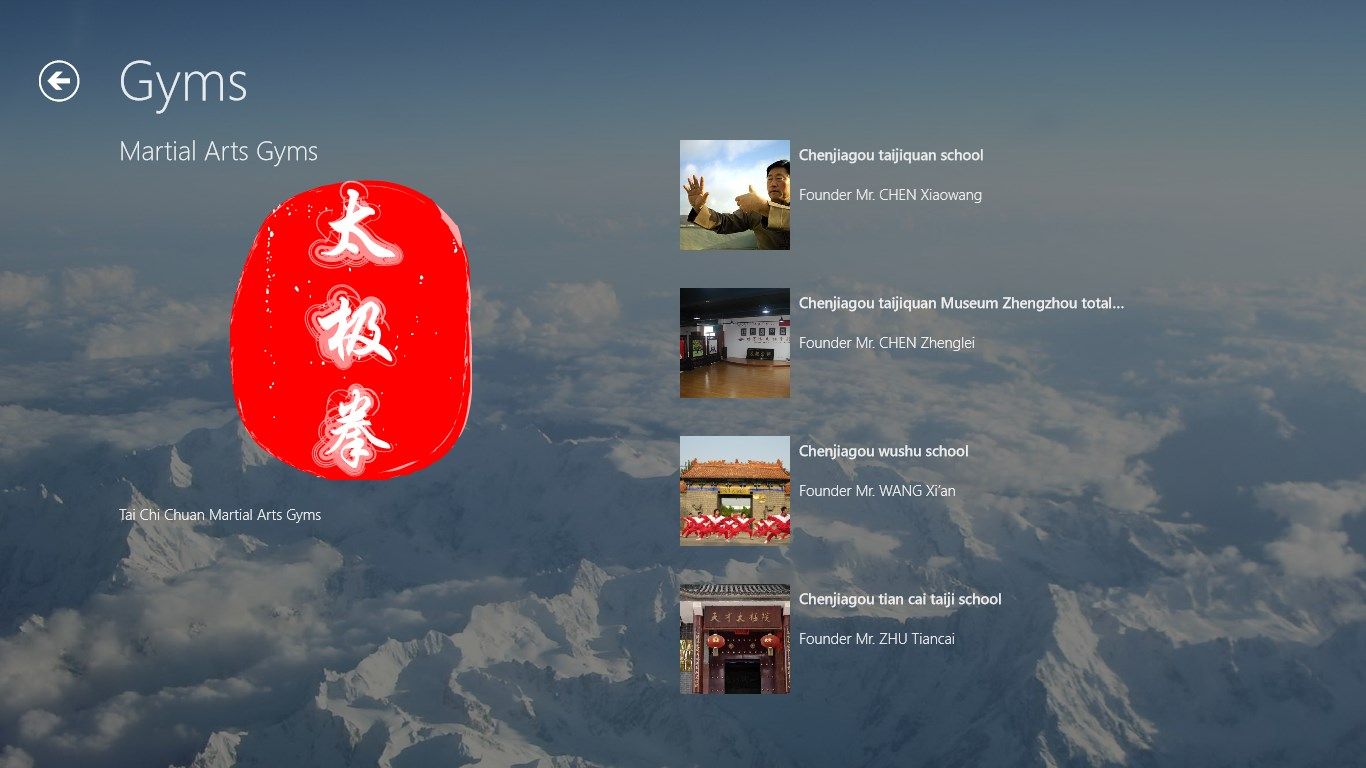
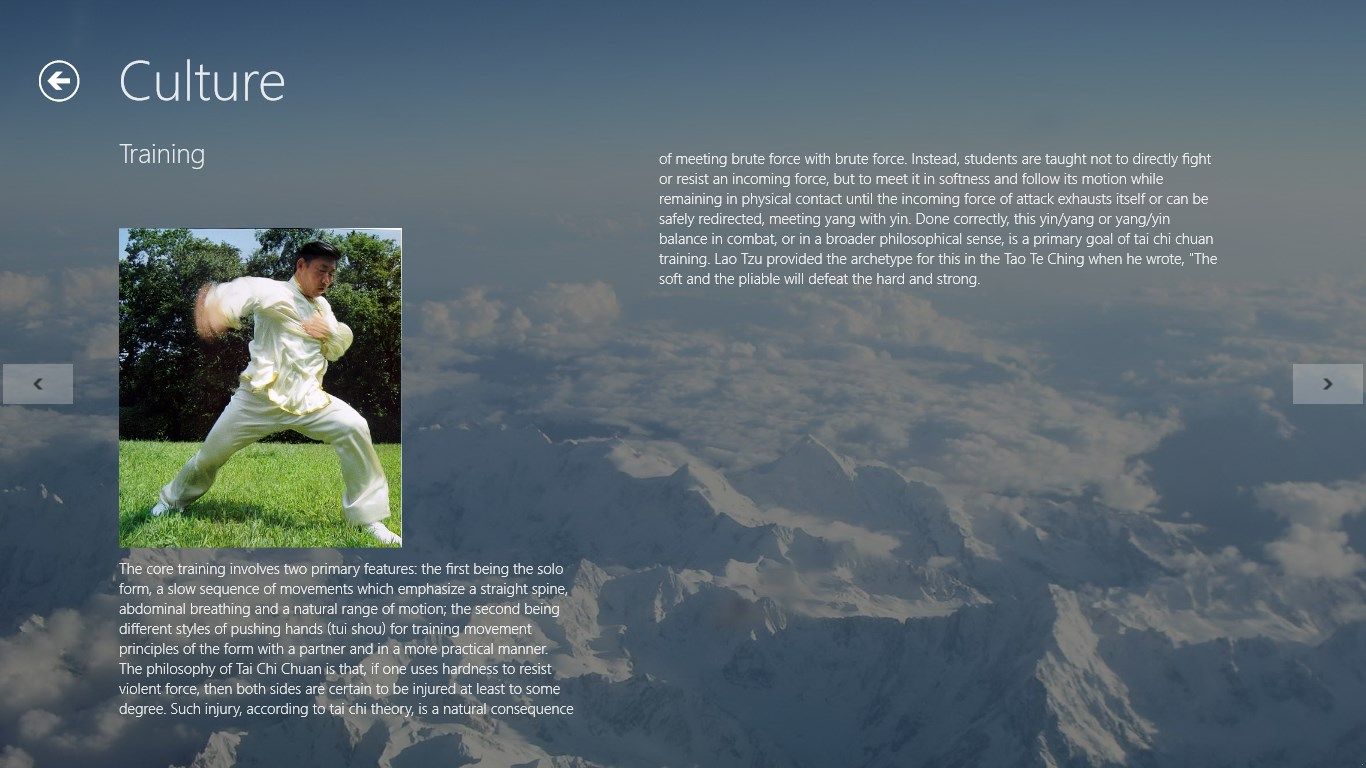
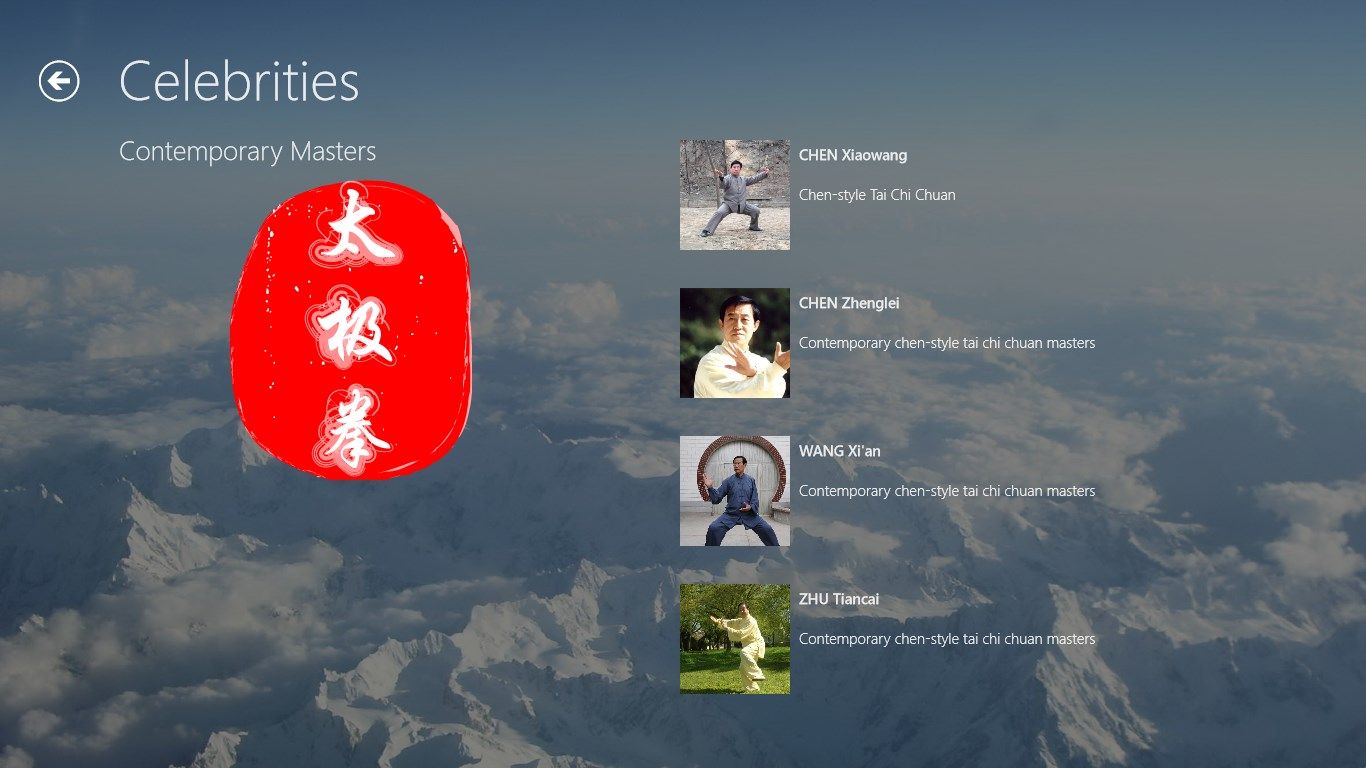
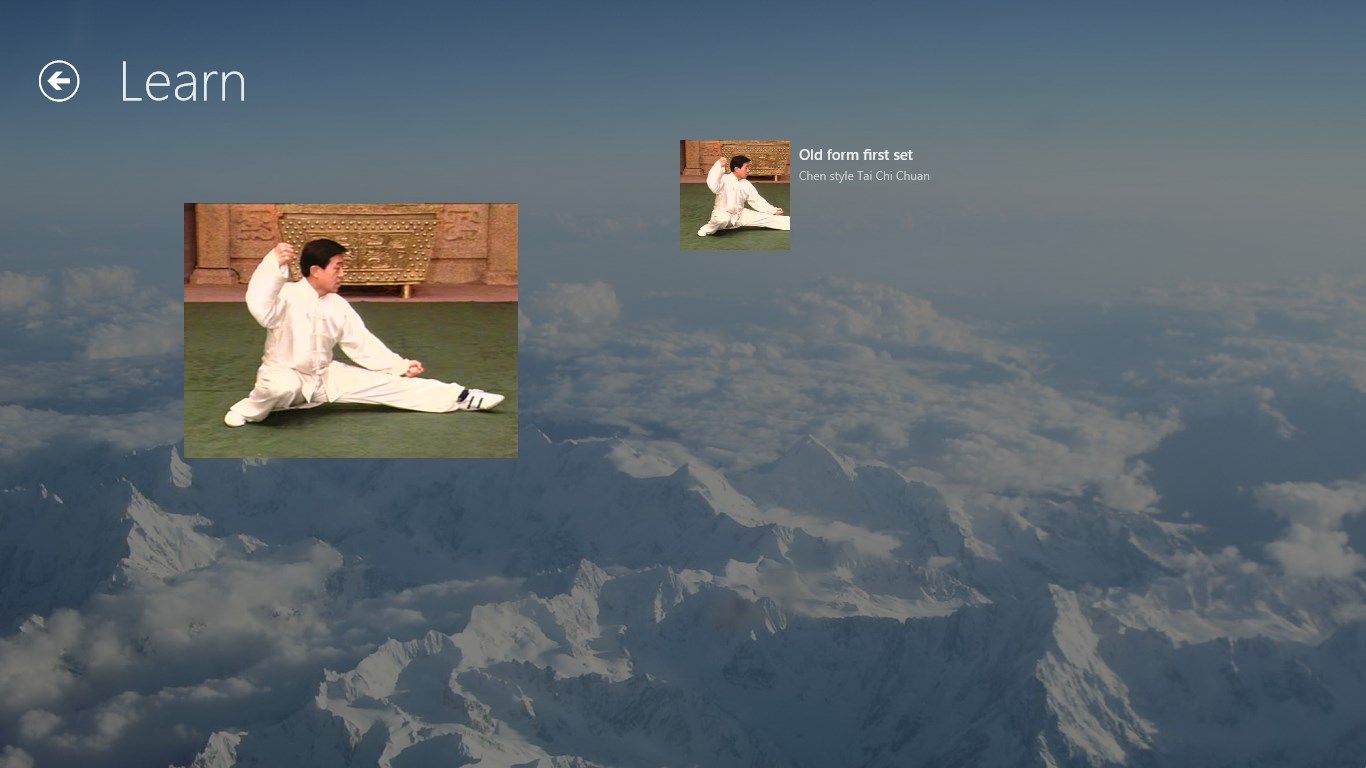
App details
About 太极拳
The term tai chi chuan translates as “supreme ultimate fist”, “boundless fist”, “great extremes boxing”, or simply “the ultimate”. The concept of the Taiji, in contrast with Wuji , appears in both Taoist and Confucian Chinese philosophy, where it represents the fusion or mother[ of Yin and Yang into a single Ultimate, represented by the Taijitu symbol. Tai chi theory and practice evolved in agreement with many Chinese philosophical principles, including those of Taoism and Confucianism.
Tai chi training involves five elements, nei gung, tui shou (response drills), sanshou (self defence techniques), weapons, and solo hand routines, known as forms. While tai chi chuan is typified by some for its slow movements, many tai chi styles (including the three most popular - Yang, Wu, and Chen) - have secondary forms of a faster pace. Some traditional schools of tai chi teach partner exercises known as “pushing hands”, and martial applications of the forms’ postures.
In China, tai chi chuan is categorized under the Wudang grouping of Chinese martial arts—that is, the arts applied with internal power (an even broader term encompassing all internal martial arts is Neijia). Although the Wudang name falsely suggests these arts originated at the so-called Wudang Mountain, it is simply used to distinguish the skills, theories and applications of the “internal arts” from those of the Shaolin grouping, the “hard” or “external” martial art styles.
Key features
-
Kongfu
-
Tai Chi Chuan